Your cart is empty
Fra Angelico, Montecarlo Altarpiece (panel)
299,00 € iva inclusa
Oil pictography on old panel with gold background and hot chalk reliefs. Original work: 1450, San Giovanni Valdarno, Museo di San Giovanni
Description
The masterpiece of the collection is the Annunciation by Guido di Piero, Fra Giovanni da Fiesole known as Beato Angelico, from the convent of Montecarlo, where it has been attested since 1630, but originally intended for another location of uncertain location. The work, unanimously attributed to Angelico for the very high artistic level that places it in the middle of his youthful phase (1432-35), is one of the three Annunciations on panel painted by the Dominican friar together with the one for St. Dominic in Fiesole, at the Prado Museum in Madrid and the one for St. Dominic in Cortona, at the Diocesan Museum of the city. The work, despite the late Gothic elements, reflects the Renaissance innovations of Masaccio and Brunelleschi, such as the perfectly central perspective layout with the beautiful loggia with round arches laterally open to the Garden of Eden and in the background the austere cubicle of Mary with the iron window that accentuates the sense of depth. The work, a true figurative homily, is rich in Christological and Marian symbols: from the Christic column in the center, symbol of the tree of the cross and of life, to the splendor of gold, emblem of divine light to the palm tree, symbol of victory over sin and death, but also allusion to the passion of Christ and martyrdom. Typically Marian are the hortus conclusus delimited by the fence, which symbolizes the Virginity of Mary and the variety of flowers including, in addition to the classic lily, placed in the background and not in the hand of the angel or in the center of the composition, the primroses, which allude to the new Spring of life (the Annunciation takes place on March 25th, nine months before Christmas), the edelweiss, the figure of Mary, the morning star, the red carnation, a symbol of betrothal and therefore of Mary's nuptiality, the beloved of the Song of Songs and the pomegranate, an allusion to the fruitful nuptiality of the Mother of the Lord. Recent reflectographic investigations have revealed the painter's great mastery and confidence in preparatory drawing, decisive and without second thoughts. However, it is probable that a first version, more sober and traditional with the open loggia typical of the Annunciations, was followed by an adaptation to the new Renaissance tastes, with the decoration of the walls with shaded marble effects which, beyond the ornamental purpose, have a profound symbolic meaning, alluding to the mutability and sinfulness of the world, iridescent and multiform with respect to the immobility and symmetry of the starry sky of the vault, emblem of divine perfection. An element of incredible modernity, the cloudy and indefinite floor as if it were watercoloured, which the archangel Gabriel, messenger of God, seems to barely touch, as if he did not want to contaminate his divine nature, is in reality a symbol of dispersion and sin, from which man has been freed thanks to the incarnation. Everything contributes to underlining how the event of the Annunciation takes place between time and Eternity, earth and heaven, finite and infinite.
Information
The work is executed through the technique of Pictography according to ancient methods and natural materials; it is handmade entirely in Umbria.





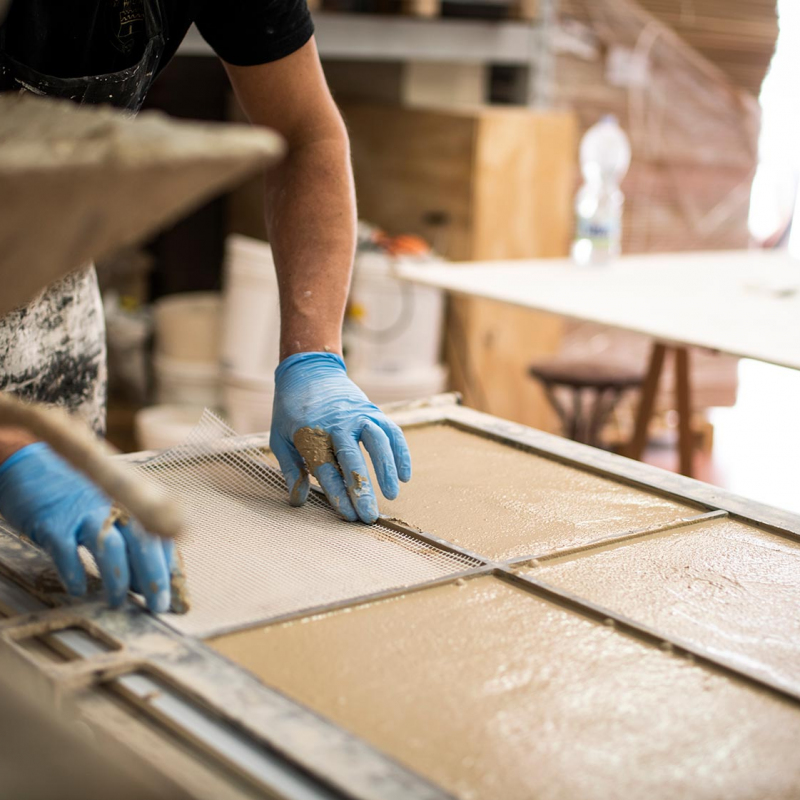



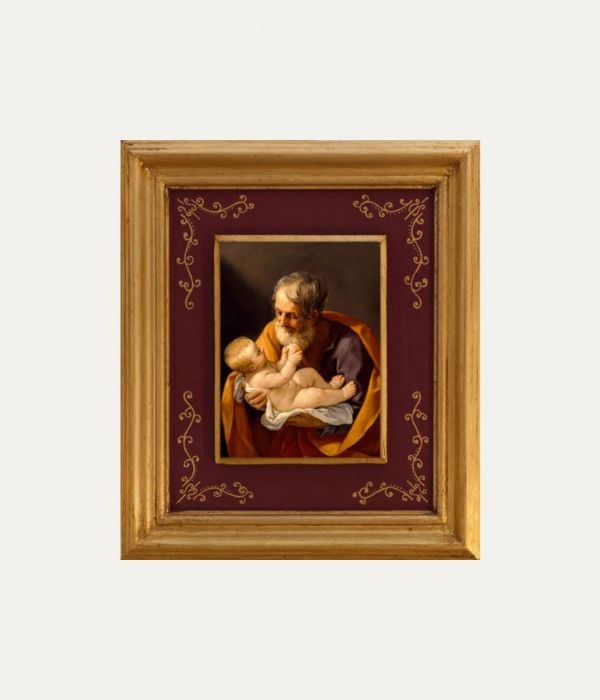


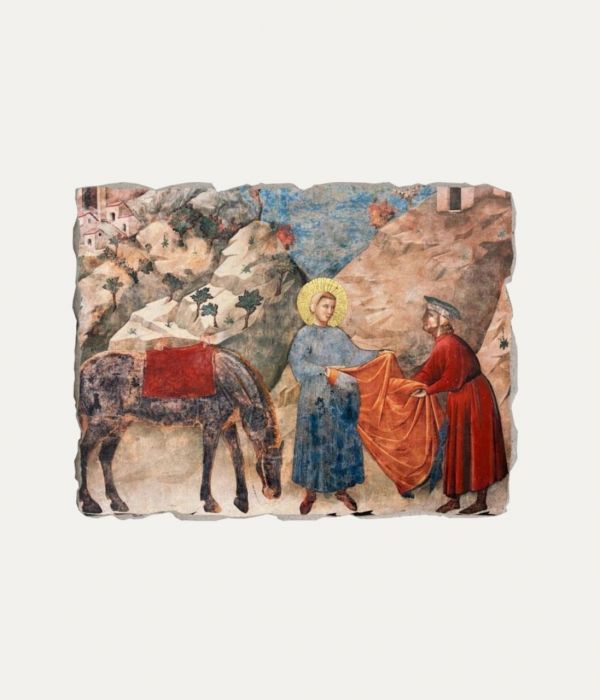
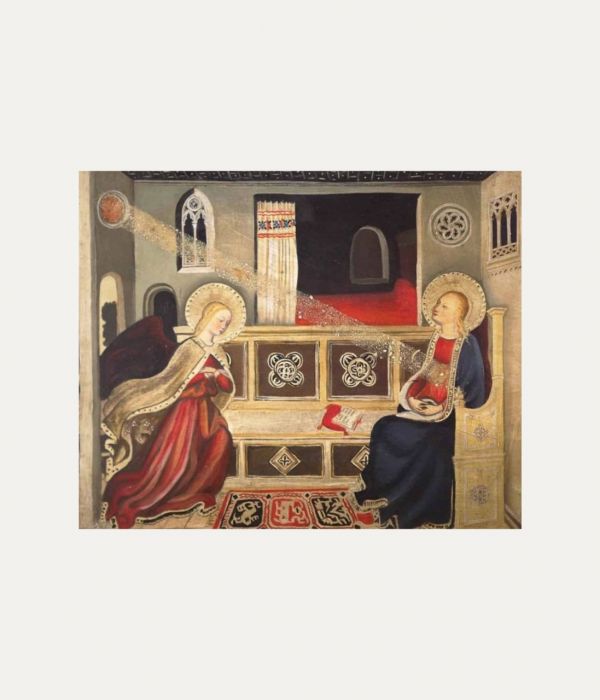
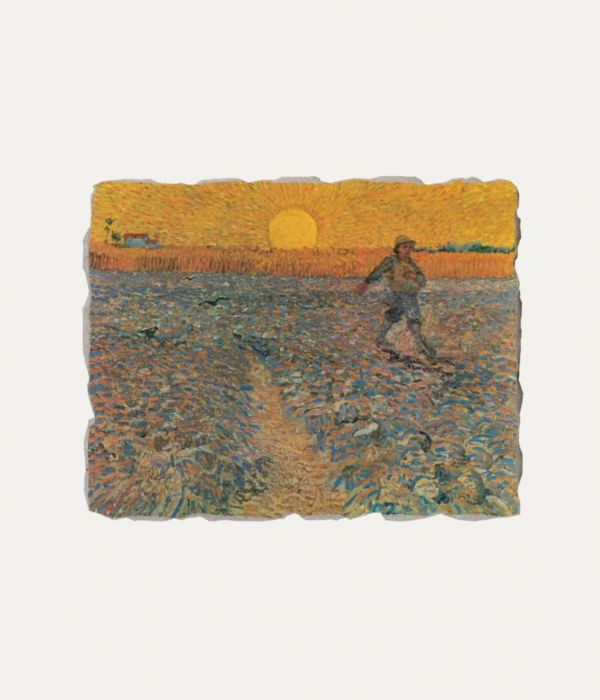

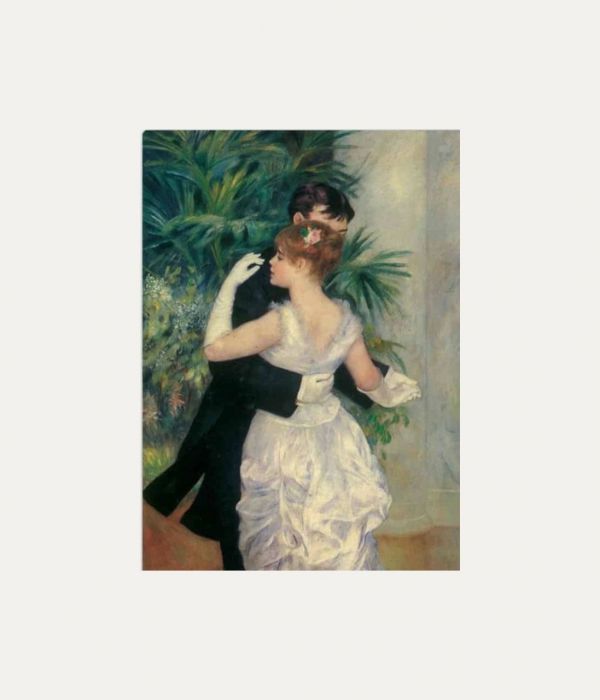
Fra Angelico, Montecarlo Altarpiece (panel)